My name is Virgilio Rubini and I originally graduated as a computer engineer after immigrating to Canada from Peru. However, after going back to Peru for a while and opening a small business, I found my passion as an entrepreneur.
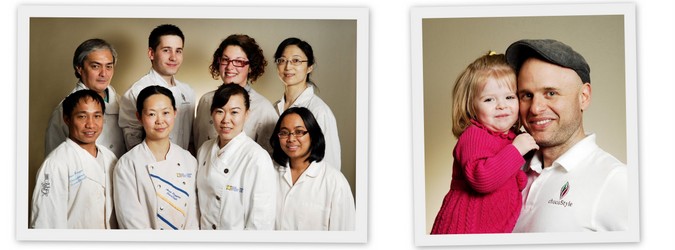
As a newly self-professed entrepreneur-wannabe, I enrolled in graduate school and took masters-level classes in Entrepreneurship to get a stronger understanding and feel for the business world.
Meanwhile, my mother left her accounting job and followed her passion to start a small chocolate shop in her basement. As she traveled the world, she learned of recipes, techniques, and procedures to consistently improve her business. She continued to grow the business, from purchasing a few molds to brand new equipment. It seemed as though she almost had a semi-industrial factory in her basement!
This is where I came in. I looked at different venues, but I decided that I wanted to be in the consumables industry because I’d be dealing with on ongoing purchases. So, I looked into how I could take it from a mom-and-pop shop to expanding it into something more.
Chocostyle started growing significantly in 2007 and in 2008 when we financed some leases to open up retail shops with bigger production space. However, in 2008 as you know, the economic downfall did us no favors. Chocolates are a luxury item and luxury items are the first ones that consumers stop buying in hard economic times. We really had to focus on what we were doing and manage our assets, cash flow and inventory.
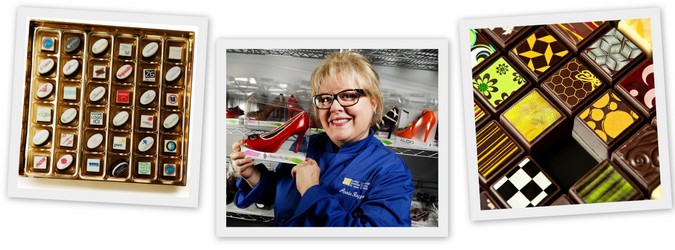
It was imperative that we took note of what we had in stock, what we were going to produce, how we were producing all while keeping tabs on everything. Our situation is even more unique since the chocolate we buy gets melted down (it’s not like a traditional business where you buy an item, sell an item and simply rebuy more).
We’ve tried many softwares in the past, and we found it very difficult to put in the required effort to make them work the way we needed. In 2008-2009 we decided to shift our focus and stay with just one retail shop and center our attention on wholesaling. It was during this transition that we found inFlow.
Before inFlow, our systems were working half-half and our old POS (point of sale) system was slow. We also needed to separate our accounting documents from our inventory control and to help process items more efficiently.
We use inFlow as a POS, and while it isn’t a “click and go” type of solution, it suits our needs well. For example, not only do we have to sell items, we also have to wholsale, have two points of invoicing, and of course, everything that doesn’t sell has to be re-melted. Therefore, there are returns and loops that aren’t so obvious.
inFlow has a lot of cool options that allow us to personalize the system in a way that is very helpful to our business. Of course we have a feature wish list too.
What does your business offer?
It really is a worldwide market. The chocolate industry is controlled by two groups – the big guys and the artisan masters. This makes two different types of products. First, you have one machine that you use to throw your product in one end and it comes out molded at the end. Second, you have the product where you put a lot of passion behind it and go through the steps. Everything we make comes from the melting of raw materials from the cocoa nib (a small piece of raw chocolate ready to be molded).
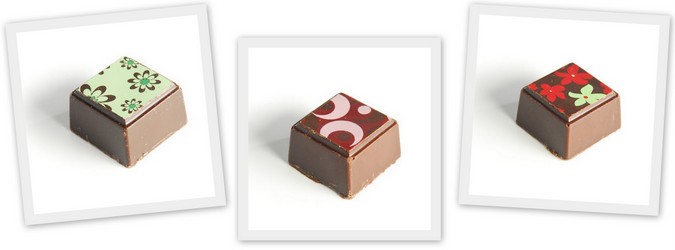
Our signature products are what we like to call, “Bouchees“, which are our French chocolate-filled bon bons. We have 32 flavors, including everything from spicy jalapeño, sea-salt flour caramel, pistachio, apricot to strawberry basil (just to name a few).
As an extension of these, we have also found techniques where we can print our own images with cocoa butter ink onto a sugar sprayed acetate. This enables us to create images out of high quality 75% Belgian chocolate. In fact, we do a lot of personalization of the chocolates for many companies and corporations with their logos and images.
To take it one stop even further, we also create 3D molds of chocolate. One of our best sellers is are chocolate life sized high heel stiletto shoes. We try to be unique to stay ahead of the competition. Being a small company, our competitive advantage really is our creativity.
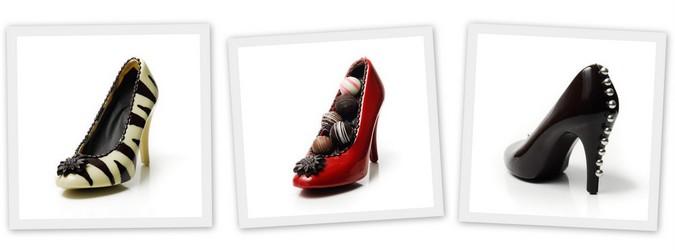
What are some other day to day challenges you face?
Just as with any business, there are many challenges. Yet, at the end of the day, it’s not really about the problems, it’s about the solutions.
When you’re an entrepreneur, you have to enjoy looking for solutions because problems are inevitable. You need to be the type of person who is motivated by making things work out. If you are just motivated by money and not by something you are passionate about, you’ll just get tired of it and crumble.
Our biggest challenges are the economics of scale from the Wal-Marts and the dollar stores of the world who sell cheaper products. Of course, we have issues just like other businesses with gas prices, shipping, and breakage.
What is your advice for small businesses?
There’s no time to pause. If there is a company that thinks it’s in pause-mode and think, “Ok, I’ll just go on with the customers that we have”, then they are going backwards.
Change is inevitable; economies change; the weather changes; everything changes. An entrepreneur needs to learn how to embrace the change and learn from mistakes while always looking forward. Ask yourself, “What you are going to do tomorrow?” and not “what you did yesterday?”
As an avid entrepreneur, this is not my first company nor will it be my last. Right now it’s my 4th company, and I’m happy to say that I’m at a 60% success rate, and I’m happy to say that because I learned more with the 40% failure than the 60% success.
How do you get your small business information?
I think there’s a lot of good advice to be given when you talk with other people (even more so than just business or industry blogs).
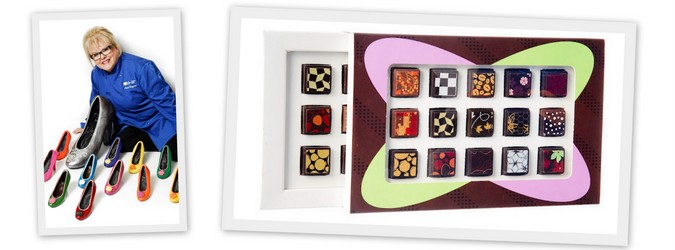
I spend a lot of time on LinkedIn, networking with people in my industry. I found that learning from people who have time to give you advice provides you with the ideas you need to move forward.
I love motivational speeches like Steve Job’s commencement speech or all the Robert Kiyosaki books, but we really have to look inbetween the lines. The message they are really trying to say is, “Go get it! It’s one life that we live in and we don’t want to have a boring life!”
We’re no longer in the 70’s or the 80’s, where you got your job and that’s it, your job for life. It doesn’t happen anymore. Today’s world is about you being you and you don’t want to work until 80 or 90 years old and say, “Yeah, I had a job, I did that, but I really lost out on some ideas I had…things that I wanted to do”.
I never saw myself in chocolate! Come on! I’m a 38 year old man, and I’m from a computer tech background, what am I doing in chocolate?
But you know what? You learn to love it, then you learn to hate it, and then you learn to love it again. Now I’m better for it because I have a new perspective on a new industry. As you keep learning, you find many industries have similarities and share characteristics. It all falls into place.
Any final thoughts?
No matter what, remember you are an entrepreneur. You could be a pastry guy, a machinist, or an architect, or whatever, but in the end, you are running a business; you’re an entrepreneur.
You have to learn everything in your business—whether it be accounting, or toilets, all the way to the big deals. You have to dabble in everything and your staff has to be good. The CEO or president always has to have his seat cold. He has to learn and supervise and see how people are doing so they can improve their techniques in working and moving forward. If his seat is hot, then he has been in the office too long.





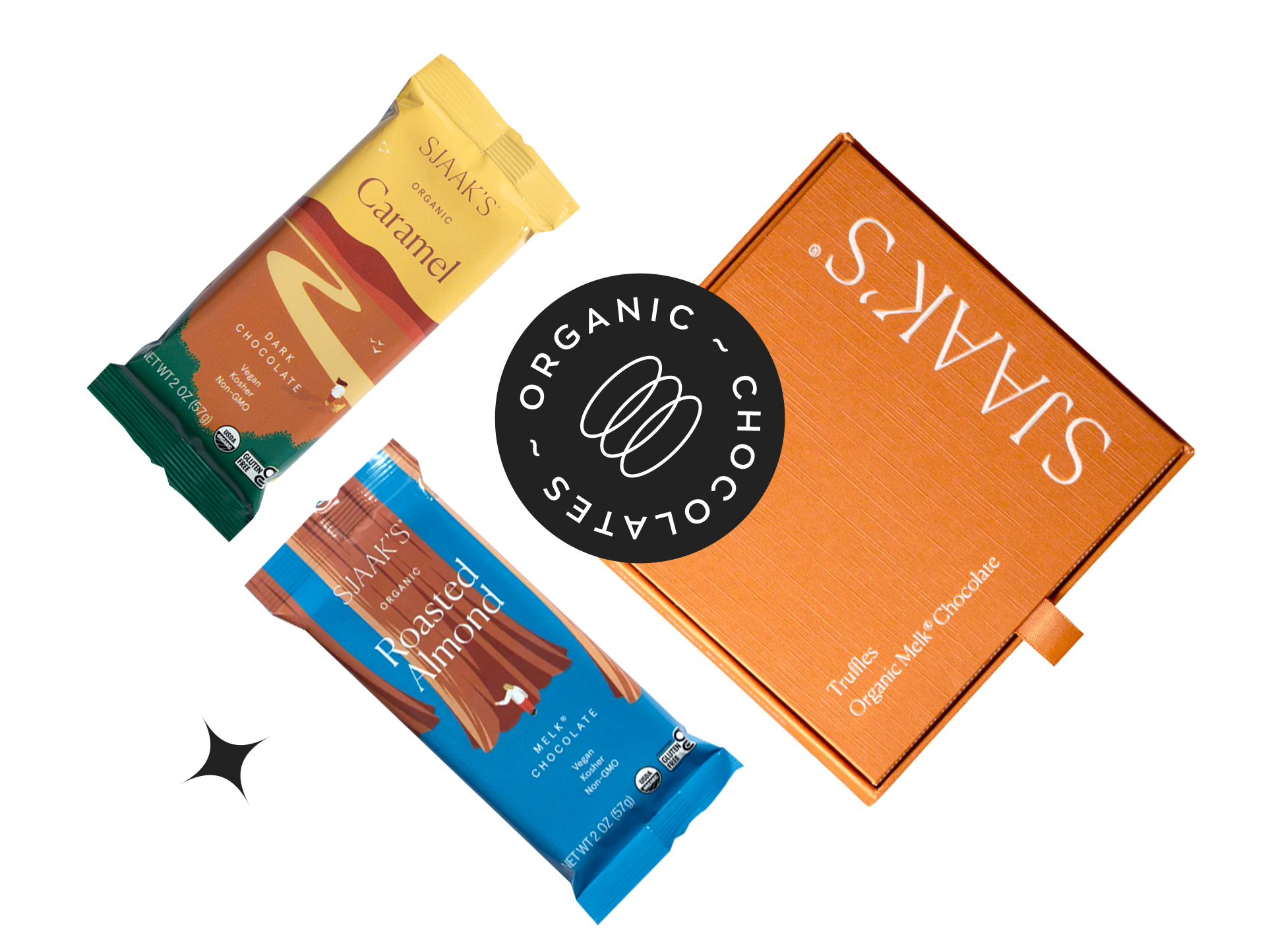
0 Comments